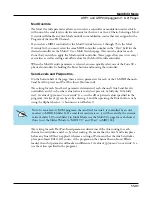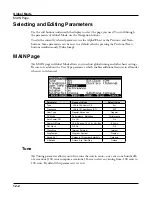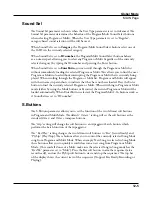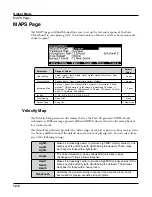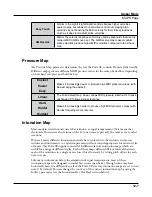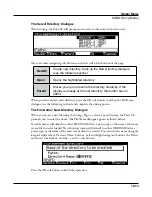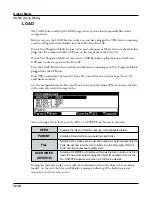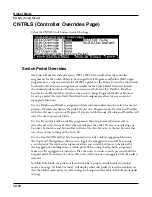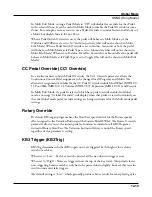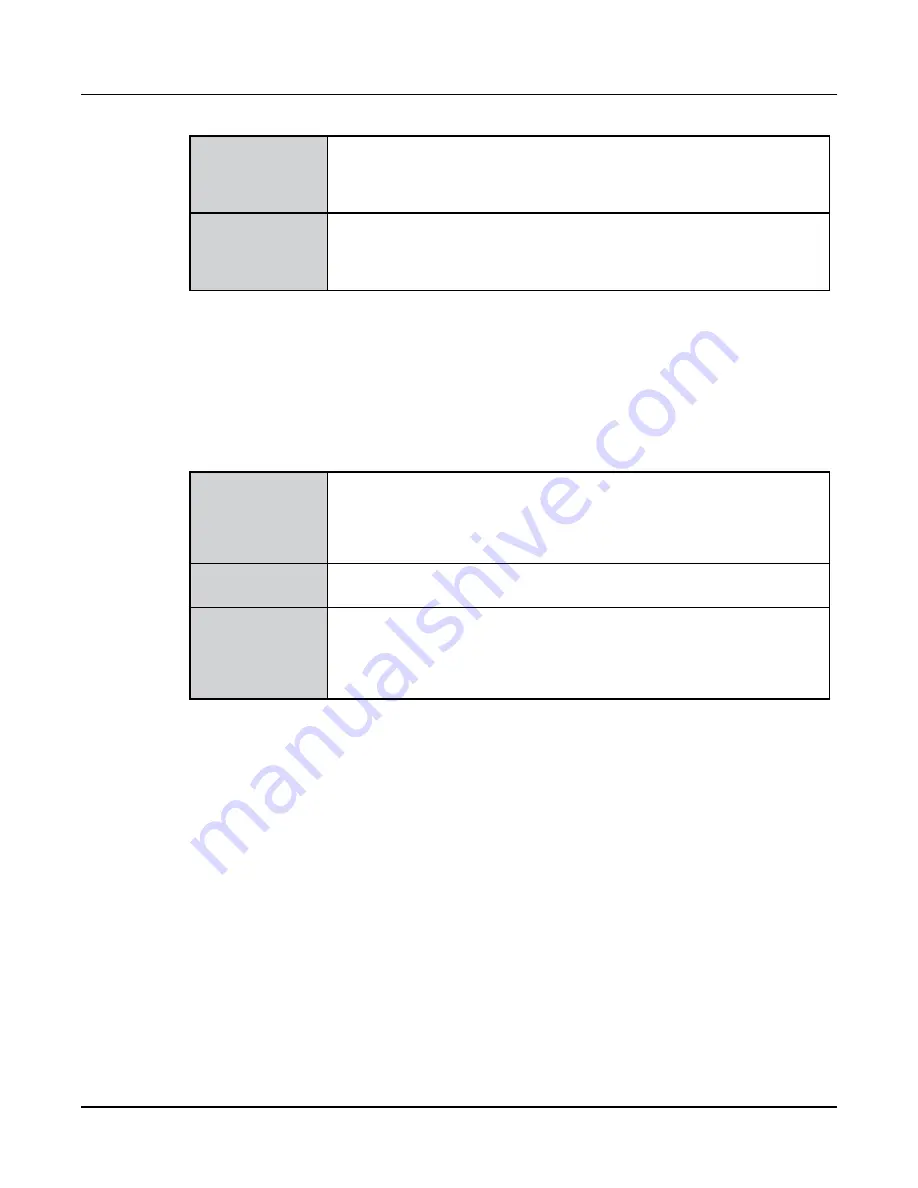
Global Mode
MAPS Page
12-7
Easy Touch
Similar to the Light1/Light2/Light3 settings. Makes higher velocities
easier to play, but allows more sensitive control over playing high
velocities by not boosting the MIDI velocity for fast strike velocities as
much as it does for medium strike velocities.
GM Receive
Mimics the velocity response commonly used by keyboards that use the
General MIDI (GM) sound set. The GM Receive map makes medium
strike velocities produce higher MIDI velocities compared to the Linear
map.
Pressure Map
The Pressure Map parameter determines the way the Forte SE controls Pressure (Aftertouch).
Different maps generate different MIDI pressure values for the same physical key depending
on how hard you press and hold the key.
Easiest
Easier
Easy
Makes it increasingly easier to produce high MIDI pressure values. (with
Easiest being the easiest).
Linear
The Forte default map. Linear, allows MIDI pressure (aftertouch) to pass
unchanged. It follows a linear response.
Hard
Harder
Hardest
Makes it increasingly harder to produce high MIDI pressure values (with
Hardest requiring most pressure).
Intonation Map
Most modern western music uses what is known as equal temperament. This means that
the interval between each semitone of the 12 tone octave is precisely the same as every other
semitone.
However, many different intonation intervals have evolved over the centuries and across
cultures and instruments, so equal temperament will not sound appropriate for certain styles
of music. The Forte SE supplies you with 18 different factory intonation maps which are
useful for a range of different styles. Each of these maps defines different intervals between
each of the semitones in a single octave (used for all octaves) by setting pitch offsets for each
note in cents.
Like many instruments before the adaptation of equal temperament, most of these
intonation maps were designed to sound best in one specific key. Though some may have
historically been in a different key, all of the Forte SE’s factory intonation maps are set to root
note C by default. You can change the root key of the current intonation map by using the
Int.Key parameter (see the Intonation Key (Int.Key) section below).




